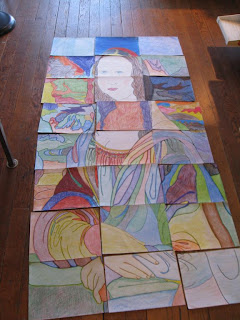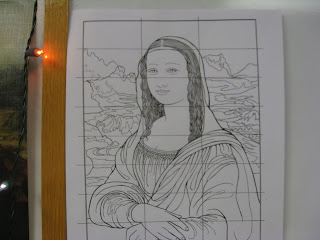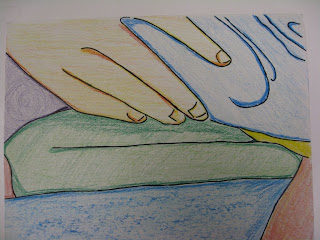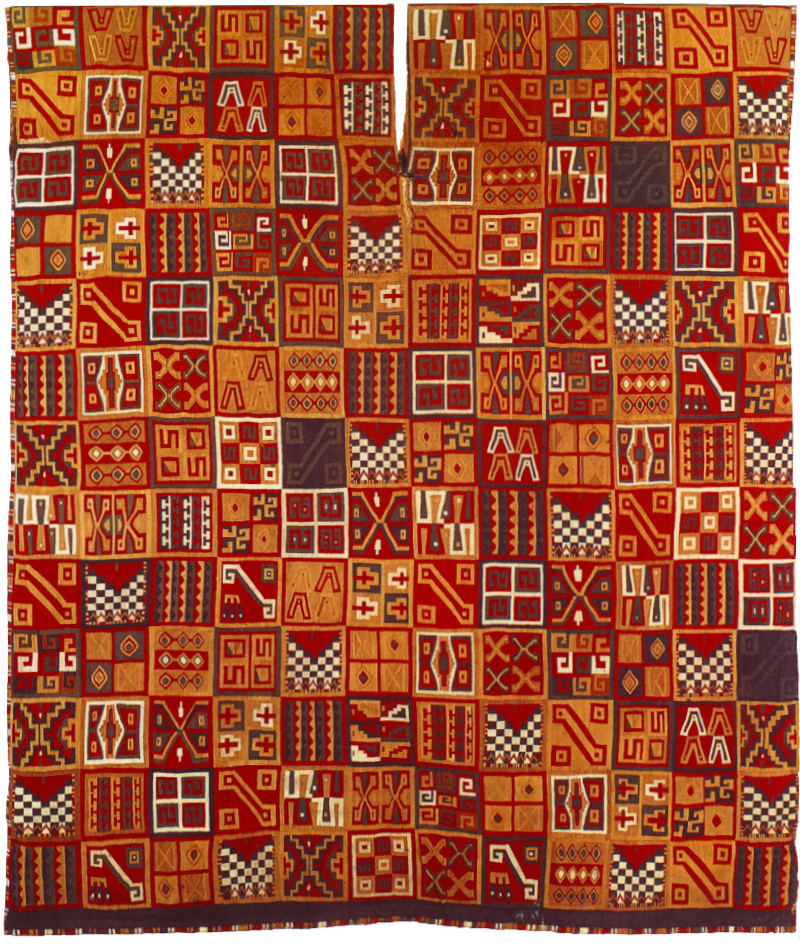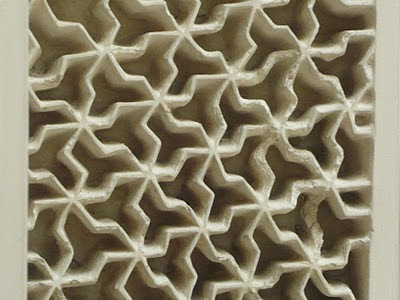GELATINÓGRAFO
Para copiado de dibujos (hasta 100
hojas por dibujo marcado)
Creación
Del Instrumento:
Materiales:
·
Un litro de glicerina
·
Gelatina sin sabor
·
1 taza de azúcar
·
Agua
·
Una bandeja grande de plástico con bordes de mínimo 3 cm.de alto
Preparación:
Disolver el azúcar con la gelatina aplicándole agua(aprox. ½
taza) a baño maría. Con cuidado que no queden grumos. Aún caliente se agrega la
glicerina y se sigue revolviendo y se deposita la mezcla dentro de la bandeja.
Una vez fría ya está acabada y con una consistencia de la superficie suave y
blandita pero compacta.
Procedimiento
De Copiado:
Materiales:
·
Un calco DITO (el que se usa para esténcil)
·
El dibujo, figura o escritura a reproducir
·
Un lápiz
·
Hojas para imprimir
·
El gelatinógrafo
Proceso:
·
Marcar el dibujo deseado sobre le calco. (Ojo, si es una palabra
debe ser escrita al revés)
·
El calco ya marcado se pone sobre la bandeja (ya lista) y se le
pasa suavemente la mano por encima pues así quedará marcado el dibujo en la
gelatina.
·
Ir pasando las hojas una a una sobre la marca del dibujo.
Alcanzará la marca hasta para un ciento de copias.
Lo mágico es que el dibujo en la gelatina después de 4 horas
desaparecerá y se puede volver a marcar de nuevo. También la ventaja del tamaño
de bandeja es que puedes trabajar con 2 dibujos a la vez. Además, cuando pasa el
tiempo (1 año) y la gelatina queda toda azul… podemos volver a calentar la cosa
a baño maría y el gelatinógrafo quedará como nuevo.



